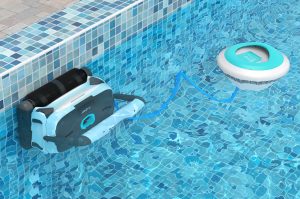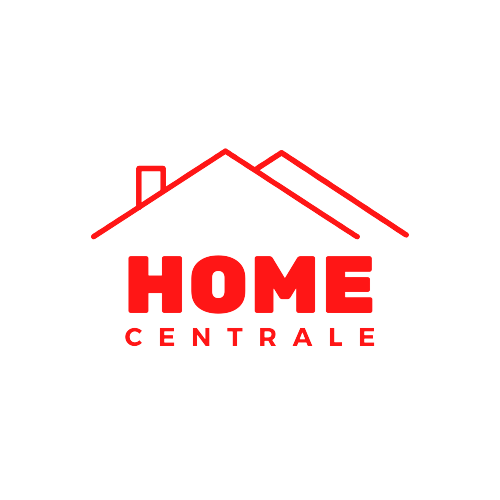When it comes to maximizing your home efficiency, choosing the right heating system is crucial. One option that offers numerous benefits is forced air heating. This popular home heating system utilizes ducts and vents to distribute air throughout your home, providing you with reliable and efficient warmth.
Forced air heating systems are known for their energy efficiency, quick heating time, easy installation, and cost-effectiveness.
By optimizing your home heating system, you can ensure that your entire living space remains warm and comfortable, regardless of the outside temperature. Forced air heating allows for precise temperature control, providing uniform heating throughout your home. This eliminates any cold spots and ensures that every room receives the desired level of warmth.
Key Takeaways:
- Forced air heating is an efficient and cost-effective home heating system.
- It provides quick and even heating, eliminating cold spots in your home.
- Using energy-efficient appliances like forced air heating can lead to significant energy savings.
- The installation process is relatively easy, especially if you already have existing ductwork.
- Regular maintenance is essential for the efficient operation of forced air heating systems.
What Is Forced Air Heating and How Does It Work?
A forced air heating system is a popular and efficient method of heating a home. It utilizes a forced air heating system to distribute heat evenly throughout the space. This type of heating system is commonly used in residential buildings and offers numerous benefits such as energy efficiency, quick heating, and cost-effectiveness.
The heat source in a forced air heating system can vary, including options such as natural gas, propane, or electricity. The heat source is responsible for generating the heat necessary to warm the air.
The thermostat plays a crucial role in a forced-air heating system. It allows homeowners to control the temperature in their homes by regulating when the heat is turned on or off. The thermostat is connected to the heating system and communicates with it to maintain the desired temperature.
The duct system acts as a network of channels that transport the heated air throughout the home. It consists of a series of interconnected ducts that connect the heating system to different rooms and areas of the house. These ducts ensure that the warm air reaches all spaces evenly.
A blower fan is an essential component of a forced air heating system. It is responsible for pushing the heated air through the ducts and into the living areas. The blower fan creates the necessary airflow to distribute the warmth effectively.
The heat exchanger is another critical part of the system. It is responsible for transferring the heat from the heat source and distributing it to the air. The heat exchanger ensures that the air entering the ducts is heated to the desired temperature, providing efficient and comfortable warmth throughout the home.
To illustrate the process of how forced air heating works:
- The heat source, such as natural gas or electricity, generates heat.
- The heat is transferred to the air through the heat exchanger.
- The blower fan pushes the heated air into the duct system.
- The heated air travels through the ducts, reaching every room of the house.
- The warm air is released through the vents, providing comfortable heating.
Overall, forced air heating systems are efficient and effective in providing comfortable warmth to homes. The combination of the heat source, thermostat, duct system, blower fan, and heat exchanger ensures that the heating process is consistent and reliable, offering homeowners a reliable and convenient heating solution.
Related: Best Central Air Conditioner Brands to Get in 2024
The Pros of Forced Air Heating
Forced air heating systems offer several advantages that make them a popular choice for homeowners. From energy efficiency to quick heating and easy installation, these systems provide a cost-effective and reliable solution for keeping your home warm and comfortable.
Energy Efficiency: Forced air heating systems, especially those powered by natural gas, are known for their energy efficiency. They utilize advanced technology to ensure that heat is distributed evenly throughout your home, minimizing energy waste.
Quick Heating: With forced air heating, you can enjoy prompt and efficient heating in your home. The system quickly heats the air and circulates it through the ductwork, resulting in a cozy living space in no time.
Easy Installation: Installing a forced air heating system is relatively straightforward, particularly if you already have existing ductwork in your home. This means that the installation process can be completed efficiently, saving you time and effort.
Cost-Effective: When compared to other heating systems, forced air heating is a cost-effective option. Its energy efficiency translates into lower utility bills, helping you save money in the long run.
Reliability: Forced air heating systems are renowned for their reliability. They are designed to provide consistent performance, ensuring that your home remains warm and comfortable throughout the colder months.

The Cons of Forced Air Heating
While forced air heating has many advantages, it is important to consider the potential drawbacks associated with this heating system.
Potential Health Risks
One of the main concerns with forced air heating is the potential for health risks due to the circulation of dust, particles, and mold in the air. These allergens and pollutants can trigger respiratory issues and allergies, especially for individuals with pre-existing conditions.
Noise
Forced air heating systems can produce noise during operation, which can be disruptive, particularly in quiet environments. However, advancements in technology have led to the development of quieter systems, and it is possible to minimize the noise level through proper installation and maintenance.
Central Temperature Control
Central temperature control in forced air heating systems may lead to uneven heating in different rooms. The temperature in some areas of your home may be different from others, which can affect overall comfort. This can be particularly challenging in larger homes or those with multiple levels.
Leaky Ductwork
Leaky ductwork can decrease the efficiency of forced air heating systems. When the ducts are not properly sealed, heated air may escape, resulting in energy loss and higher utility bills. Additionally, leaky ductwork can introduce pollutants from the surrounding environment into your home, compromising indoor air quality.
While these potential drawbacks exist, it is important to note that proper installation, regular maintenance, and addressing any issues promptly can help mitigate these concerns and ensure optimal performance of your forced air heating system.
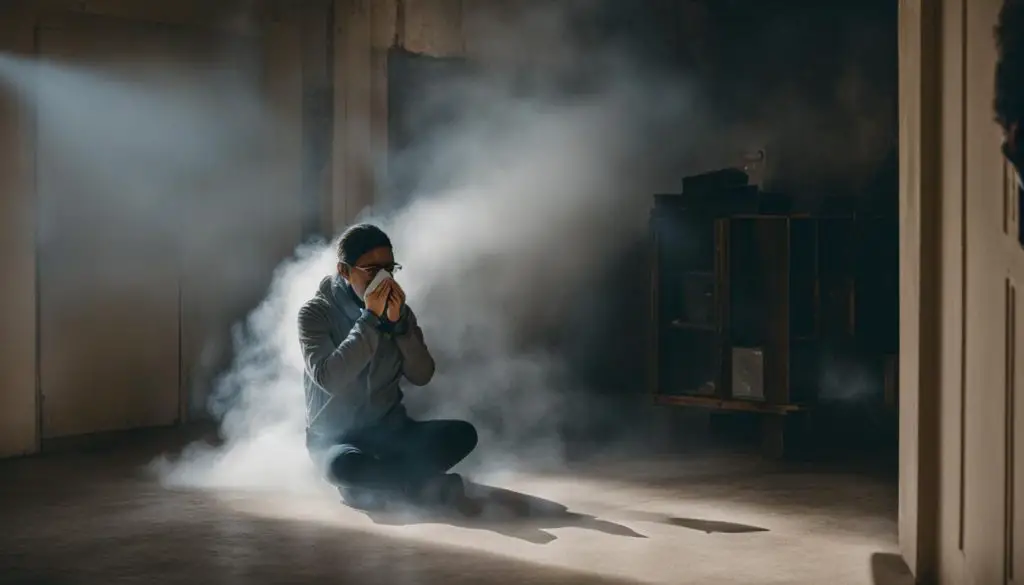
Proper Maintenance of Forced Air Heating Systems
Regular maintenance is crucial to ensure the efficient operation and longevity of your forced air heating system. By scheduling routine maintenance tasks, you can prevent potential issues, maximize energy efficiency, and ensure consistent comfort throughout the year. Here are some essential maintenance tasks you should prioritize:
1. Air Filter Replacement
Changing the air filter regularly is one of the simplest yet most effective ways to maintain your forced air heating system. A clean air filter improves indoor air quality, prevents dust and debris from clogging the system, and enhances overall performance. It is recommended to check and replace the air filter monthly, especially during the winter season when the system is working harder.
2. Professional Tune-Up
An annual professional tune-up is highly recommended to keep your forced air heating system in optimal condition. During a tune-up, a qualified technician will inspect and clean various components, including the blower motor, heat exchanger, and inducer motor. They will also check for any potential issues, ensure proper airflow, and fine-tune the system for peak performance.
3. Duct Cleaning
Over time, dust, dirt, and allergens can accumulate in your ductwork, hindering airflow and affecting indoor air quality. It is advisable to have your ducts professionally cleaned at least once a year. This process involves removing accumulated debris and obstructions, improving the overall efficiency of your heating system.
4. Thermostat Batteries
When conducting forced air heating maintenance, it’s vital not to overlook the batteries in your thermostat. Dead or weak batteries can cause inaccurate temperature readings and disrupt the functioning of your heating system. Check your thermostat’s batteries regularly and replace them as needed to ensure reliable temperature control.
Additionally, it’s crucial to have functioning carbon monoxide detectors installed throughout your home. These devices play a crucial role in ensuring the safety of your household, as forced air heating systems that run on fossil fuels can generate carbon monoxide gas. Regularly check and replace the batteries in your detectors to keep them operational.
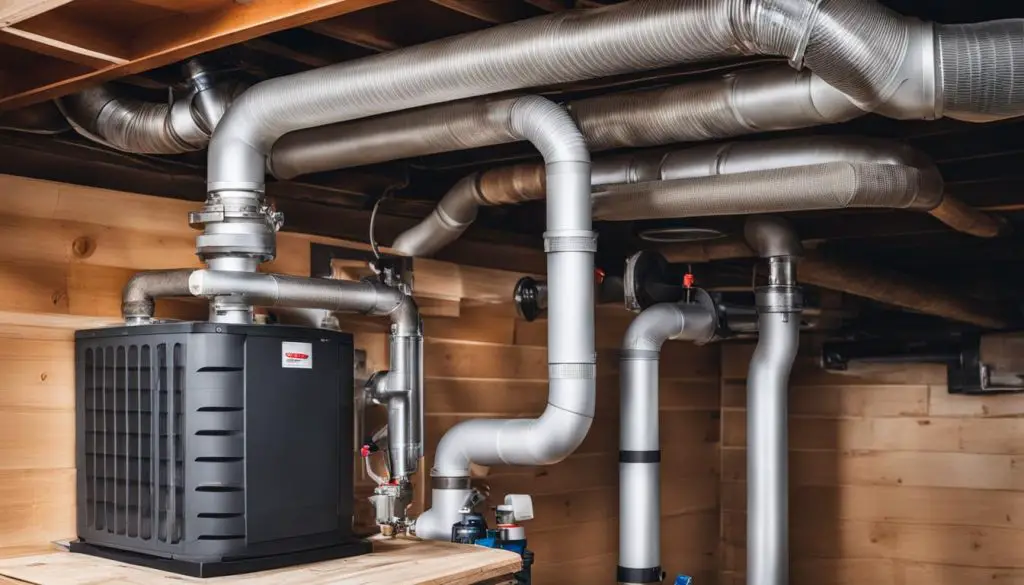
Considerations for Choosing Forced Air Heating
When it comes to selecting a heating system for your home, there are several factors to consider. Forced air heating offers many advantages, including efficient heating and cost-effectiveness.
However, determining if this system is the right choice requires careful consideration of key factors such as existing ductwork, new home construction, retrofitting possibilities, and the expertise of an HVAC contractor.
Existing Ductwork
If your home already has ductwork in place, installing or replacing a forced air heating system can be a straightforward and cost-effective option. The existing ducts can be utilized to distribute the heated air throughout your home, minimizing installation costs and inconveniences.
Additionally, having existing ductwork ensures a seamless integration of the forced air heating system into your home’s infrastructure.
New Home Construction
For those building a new home or undergoing extensive remodeling, forced air heating can be easily incorporated into the design. During the construction process, HVAC contractors can install the necessary ducts while ensuring proper positioning and aesthetics.
Integrating forced air heating from the beginning allows for more efficient heating and better control over temperature distribution throughout the house, enhancing overall comfort.
Retrofitting Possibilities
If your home does not have existing ductwork, retrofitting becomes a crucial consideration. Retrofitting involves the installation of ductwork in an existing home, which can be more complex and costly compared to new home construction.
However, with the help of an experienced HVAC contractor, retrofitting can still be a viable option, opening the doors to the benefits of forced air heating. A thorough evaluation of your home’s structure and layout will help determine the feasibility and feasibility of retrofitting.
Consulting with an HVAC Contractor
Choosing the right heating system for your home involves professional expertise. HVAC contractors specialize in assessing your home’s heating needs and recommending the most suitable solutions.
They can provide valuable insights into the advantages and limitations of forced air heating based on your specific circumstances. Consulting with an HVAC contractor ensures an informed decision and allows for a seamless installation process.
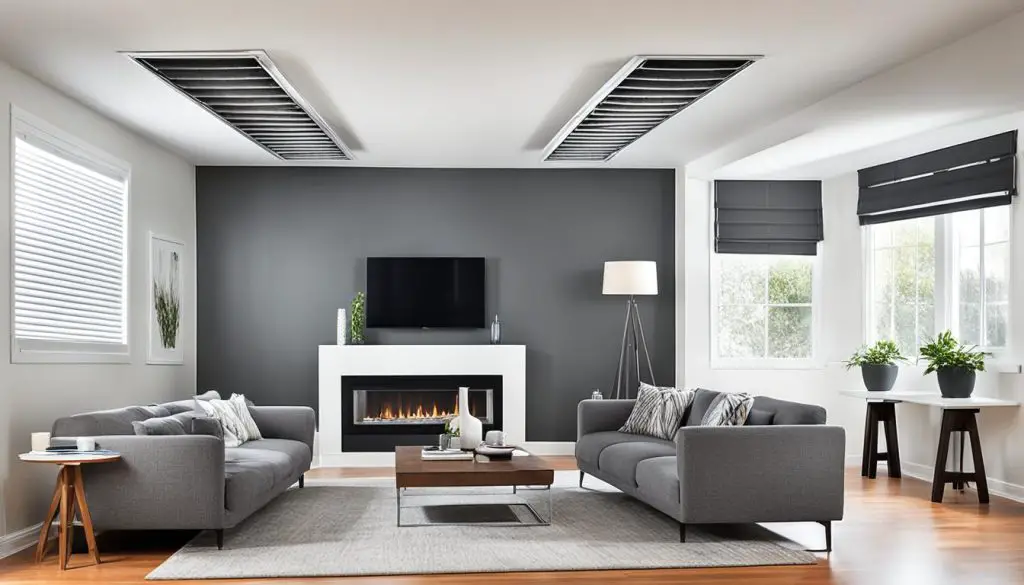
Conclusion
Forced air heating is a popular and efficient home heating system that offers various advantages. It is known for its energy efficiency, quick heating capability, and cost-effectiveness. However, there are potential downsides to consider, including health risks and noise. Proper maintenance is essential to ensure the system functions optimally.
When deciding if forced air heating is the right choice for your home, it’s important to consider your specific requirements. Consulting with a professional HVAC contractor can help you determine if this heating system aligns with your needs.
Ultimately, forced air heating systems can be a beneficial option for homeowners looking for an effective and efficient home heating solution. By carefully considering the advantages and potential downsides, you can make an informed decision and enjoy the benefits of forced air heating.
FAQ
What is forced air heating?
Forced air heating is a method of distributing air throughout a home or structure using ducts and vents connected to a heating or cooling unit. It offers several advantages in terms of energy efficiency, quick heating time, easy installation, cost-effectiveness, and reliability. However, potential health risks, noise, central temperature control, and leaky ductwork are some of the downsides to consider.
How does forced air heating work?
A forced air heating system uses a heat source such as natural gas, propane, or electricity to generate heat. This heat is then distributed throughout the home via a duct system and a blower fan that pushes the heated air through the vents. The system includes components such as a thermostat, heat exchanger, and safety switches to ensure proper operation.
The process involves heating the air, collecting it in the air plenum, and forcing it out through the supply ducts while creating suction in the return ducts.
What are the benefits of forced air heating?
Forced air heating systems are known for their energy efficiency, especially when using natural gas as the heat source. They provide quick heating throughout the home, thanks to the direct heating and prompt distribution of air.
The installation process is relatively easy, especially if there is existing ductwork. Forced air heating is cost-effective compared to other heating systems, and the reliability of the system ensures consistent performance.
What are the downsides of forced air heating?
While forced air heating has many advantages, there are some drawbacks to consider. Potential health risks arise from the circulation of dust, particles, and mold in the air.
The system can produce noise, although efforts can be made to minimize it. Central temperature control may lead to uneven heating in different rooms, and leaky ductwork can decrease efficiency and introduce pollutants into the home.
Should I choose forced air heating for my home?
The decision to choose forced air heating depends on factors such as the presence of existing ductwork in the home, the ease of installation, and the budget. If ductwork already exists, replacing or installing a forced air heating system is a cost-effective option.
For new home construction or extensive remodeling, forced air heating can be easily incorporated by installing ducts. Consulting with an HVAC contractor is crucial to determine the best heating system for your specific needs.
